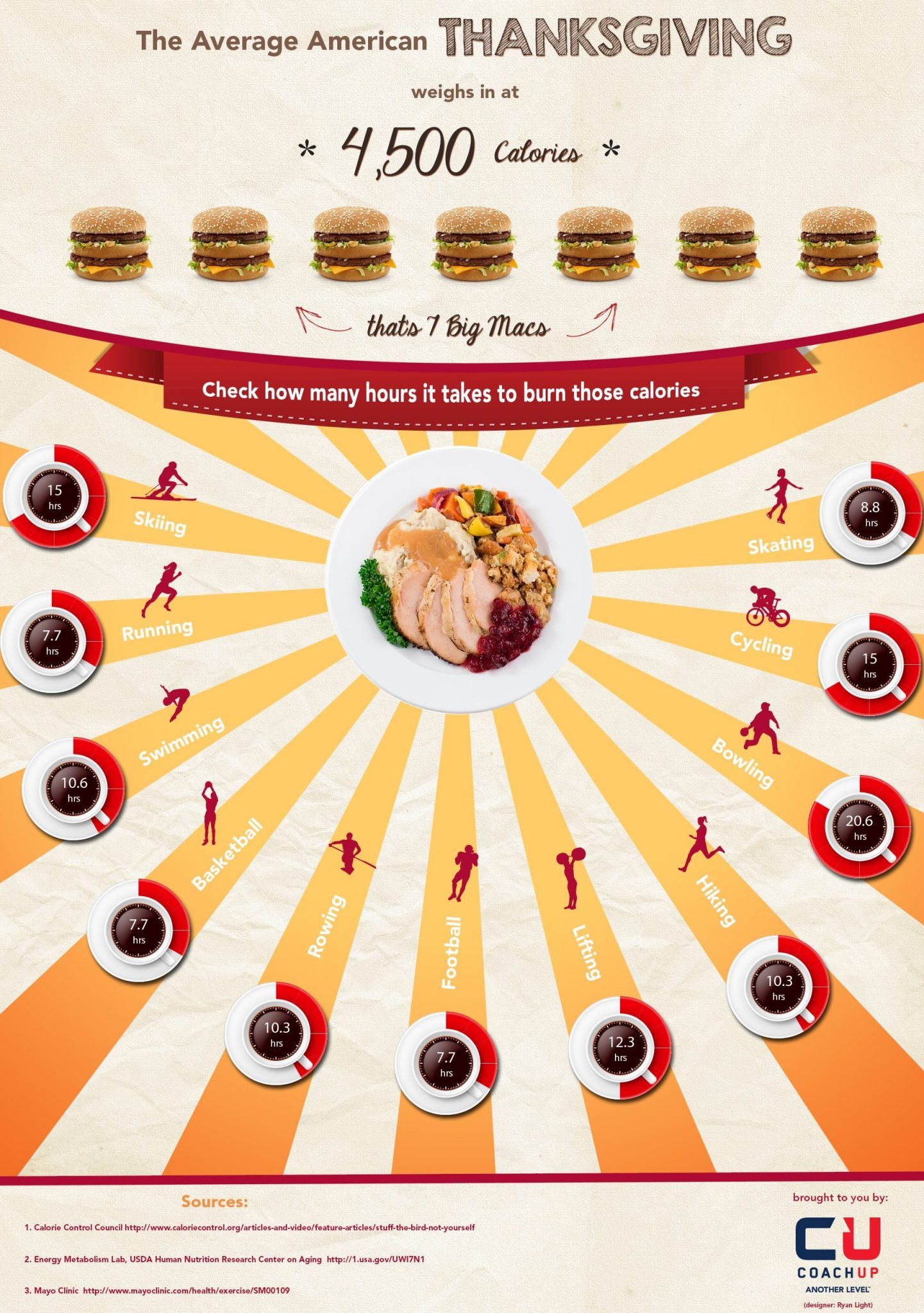Cold Laser Therapy Benefits For Your Face
Cold Laser Therapy Benefits For Your Face
Blog Article
Scientific Study on the Efficacy of Cold Laser Method
Cold laser therapy is a useful tool to assist hurting monitoring and the recovery process. It is frequently used in sports medication, dermatology and acupuncture.
Cold lasers pass through deep into cells and promote chemical changes without heating them. They decrease swelling and swelling, speed up mobile task and accelerate healing.
Academic Background
Unlike the high-intensity lasers that surgeons usage to puncture tissue, cold laser therapy uses light-emitting diodes to pass through into your skin and promote healing. As these photons get to damaged cells, they start a chain reaction that increases your cells' production of enzymes and increases your body's all-natural recovery processes.
The photons also minimize discomfort with the manufacturing of endorphins and enhance your body's capability to drain swollen areas by generating vasodilation (the growth of blood vessels). Because of this, it assists you recover from musculoskeletal injuries and discomfort faster.
Many individuals have heard about chilly laser therapy from their physical therapist, chiropractic practitioner or doctor and may be wondering how it works. Unlike a lot of laser devices used in the clinical field, which really heat up cells, our advanced equipment discharges cold laser light beams that do not cause any heating of your cells. This allows your body to obtain the restorative advantages without triggering any negative effects.
Scientific Tests
Cold laser therapy is commonly recommended as a therapy alternative for clients that have musculoskeletal pain and injuries. It can be used to minimize inflammation, reinforce tissues and increase the body's all-natural healing processes.
Non-thermal photons of red and infrared laser radiation are soaked up by the light delicate elements in cells and launch a rise in intracellular metabolic process that enhances cell recreation, decreases inflammation, gets rid of edema and reduces recovery time.
Unlike the light that is produced by sunshine or typical lights, laser light is identical (all wavelengths travel in the same direction), systematic and monochromatic. These residential or commercial properties permit laser energy to pass through deeper into the tissues.
A number of clinical trials have actually shown that LLLT can be efficient in minimizing discomfort in the bone and joint system. However, more properly designed studies are needed to assess the ideal settings for laser irradiation and to identify its performance in specific conditions, such as oral mucositis in cancer clients getting radiation treatment or radiotherapy, and wound healing (consisting of diabetic person ulcers complying with hammertoe surgery). This Aetna policy notice does not address other uses LLLT, consisting of the therapy of various skin diseases.
Verdicts
Unlike surgical lasers that can ruin tumors or coagulate tissue, chilly laser treatment does not heat the body's cells. Instead, the light promotes your cells to produce adenosine triphosphate, which accelerates the repair service procedure of damaged cells.
Aetna thinks about low-level laser (LLL) therapy clinically essential for the prevention of dental mucositis associated with cancer treatment (radiation treatment, radiation laser treatment for tendonitis near me treatment, hematopoietic stem cell hair transplant) and non-cancer treatments (such as radiodermal injury, fibromyalgia). Several studies showed that LLT can be efficient in lowering PU signs without negative results. However, differences in research layouts and laser dosimetry made comparison of the outcomes difficult; RCTs with low danger of predisposition are required. Making use of a 660 nm wavelength and higher power thickness appears to be more efficient than the various other researched laser wavelengths. This could be because the various other wavelengths might stimulate inflammatory procedures and trigger more side effects. The result of the kind of laser used is additionally important; the authors recommend that future research study focus on evaluating different sorts of lasers and their doses to identify the optimum combination of laser criteria for PU avoidance.
Recommendations
Cold laser therapy is utilized by dental practitioners to treat irritated gum tissue, physicians to ease pain brought on by rheumatoid arthritis, and physiotherapists to speed the recovery of muscle mass, tendon, and ligament injuries. Several medical insurance plans cover this therapy.
Unlike warm lasers, which have a thermal result on tissues, chilly lasers (additionally called low-level lasers) stimulate the cellular energy of the skin. Photons from the laser light pass through into the cell, triggering a series of chemical modifications that advertises regeneration and reduces swelling.
In order to work, lasers have to be effectively arrangement and utilized. This is why it is not recommended to purchase an inexpensive non-prescription laser tool and attempt to treat yourself at home. A skilled expert is required to make sure that the device is used properly to lessen the danger of eye injury and optimize its efficiency. The laser gadget need to be adjusted to the appropriate setting, intensity, regularity, and position of the laser on the treatment area.